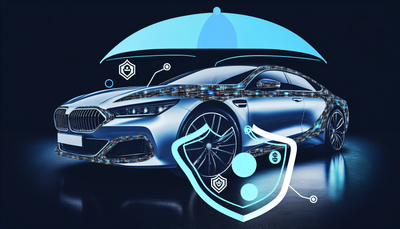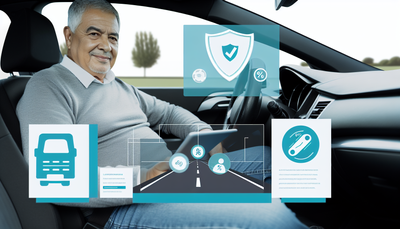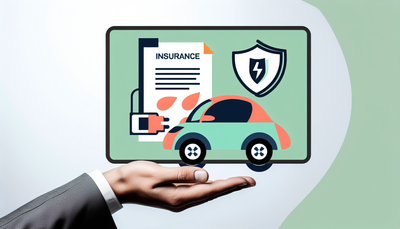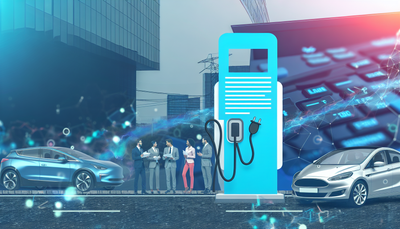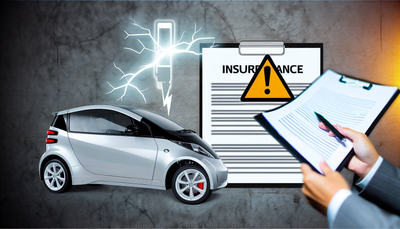Electric Cars and Liability Coverage: What’s Different?
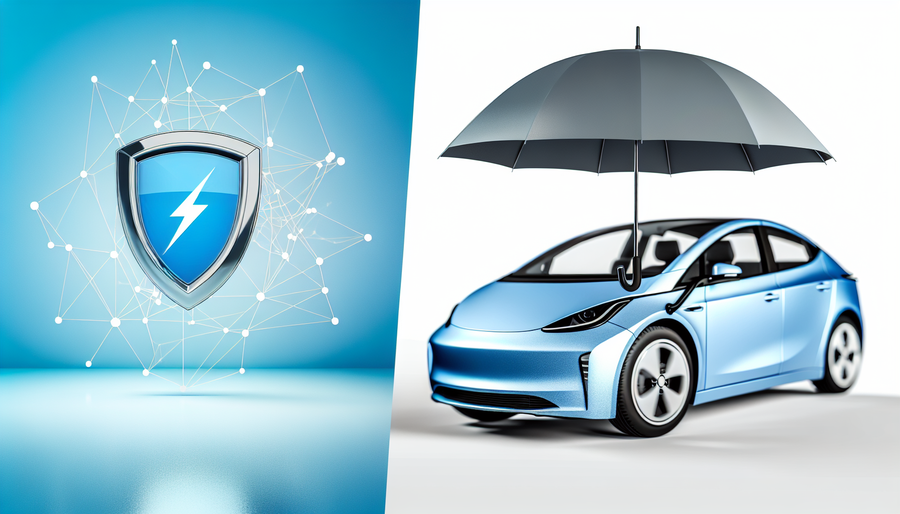
Electric Cars and Liability Coverage: What’s Different?
As the popularity of electric vehicles (EVs) grows, so do questions about how they fit into traditional car insurance models. One major component of auto insurance is liability coverage—protection that covers bodily injury and property damage to others in an accident for which you're at fault. But how does this apply to electric vehicles? Is your insurance policy any different if you're driving an EV? Let’s break it down.
Understanding Liability Coverage
Liability coverage is a legal requirement in most states. It consists of two main parts:
- Bodily Injury Liability: Covers medical expenses, lost wages, and legal fees if someone is injured due to your fault.
- Property Damage Liability: Pays for repairs or replacement of another person’s property—usually their vehicle—that you damage in an accident.
For all drivers, including those behind the wheel of an electric car, this is the foundation of any insurance policy.
What Makes Electric Vehicles Unique?
Electric vehicles differ from traditional gas-powered cars in several key ways:
- Higher Upfront Costs: Many EVs have a higher purchase price due to advanced technology and battery systems.
- Specialized Repairs: EV repairs often require specialized parts and technicians.
- Battery Considerations: The battery is one of the most expensive components and could impact the cost of repairs if damaged in an accident.
These factors can influence not just your liability coverage, but your overall insurance policy as well.
How Liability Coverage Differs for EVs
When it comes to liability coverage specifically, the core principles remain the same whether you drive an EV or a conventional car. However, there are some nuances to be aware of:
Higher Repair Costs May Increase Premiums
- While liability coverage doesn’t pay for your own vehicle’s damages, insurers use various risk factors to determine your premium. Since EVs tend to have higher repair costs, you might see a bump in your liability premium.
Increased Awareness of Battery Fires
- Though rare, battery fires can be more difficult to extinguish and cause more extensive damage. This could influence how insurers assess risk, potentially affecting liability rates.
Pedestrian Safety Concerns
- Some studies suggest that EVs are more likely to be involved in pedestrian accidents due to their quiet operation. This could be a factor in calculating liability premiums.
Advanced Driver-Assistance Systems (ADAS)
- Many EVs come with high-tech safety features that can reduce accident risk. If your EV includes ADAS, your insurer may offer discounts on your liability coverage.
Tips for Choosing the Right Insurance Policy for Your EV
- Shop Around: Different insurers weigh EV-related risks differently. Comparing quotes can help you find the best deal.
- Ask About EV-Specific Discounts: Some companies offer incentives for eco-friendly vehicles or those equipped with advanced safety features.
- Review Coverage Limits: Make sure your liability limits are sufficient for your financial protection, especially if you frequently drive in high-traffic areas.
- Consider Bundling: Bundling auto insurance with home or renters insurance can provide extra savings.
Conclusion
While the basics of liability coverage don’t change dramatically for electric vehicles, the unique characteristics of EVs can influence your insurance policy and premium. Understanding these differences ensures you’re adequately protected while taking advantage of potential cost-saving opportunities. As the world shifts toward sustainable transportation, staying informed about your EV insurance options is more important than ever.
Ready to make the switch to electric? Just don’t forget to update that policy!

